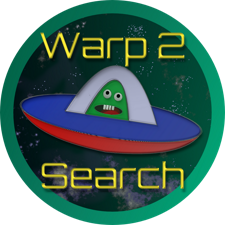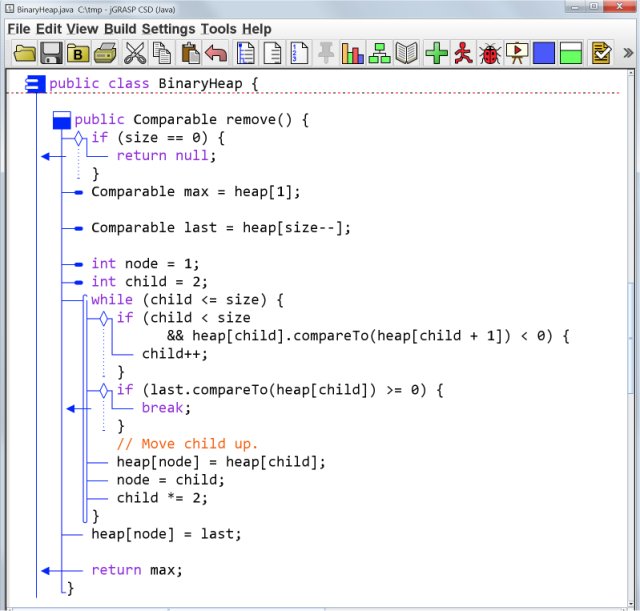jGRASP 2.1.0_3 Beta / 2.0.6_19 has been released, enhancing its standing as a lightweight and user-friendly freeware development environment. This tool is designed to elevate the understanding of software through the automatic creation of visual representations. jGRASP is built using Java, ensuring compatibility across all platforms equipped with a Java Virtual Machine (JVM) version 1.5 or newer.
The software offers a range of features, including the generation of Control Structure Diagrams (CSDs) for various programming languages such as Java, C, C++, Objective-C, Python, Ada, and VHDL. Additionally, it provides Complexity Profile Graphs (CPGs) for Java and Ada, and UML class diagrams specifically for Java. An integrated debugger and workbench enhance the development experience, allowing for dynamic object viewing and visual interaction with data structures.
One of the notable features of jGRASP is its data structure identifier mechanism, which automatically recognizes and visually represents traditional data structures—like stacks, queues, linked lists, binary trees, and hash tables— in a clear, textbook-like format. To utilize jGRASP effectively, users need to have Java 6 or a later version installed.
In summary, jGRASP stands out as a versatile tool for developers looking to improve code clarity and structure through visual aids. Future updates could expand its capabilities further, potentially introducing support for additional programming languages, enhanced visualization tools, or improved integration with other development environments, thereby broadening its appeal among software developers
The software offers a range of features, including the generation of Control Structure Diagrams (CSDs) for various programming languages such as Java, C, C++, Objective-C, Python, Ada, and VHDL. Additionally, it provides Complexity Profile Graphs (CPGs) for Java and Ada, and UML class diagrams specifically for Java. An integrated debugger and workbench enhance the development experience, allowing for dynamic object viewing and visual interaction with data structures.
One of the notable features of jGRASP is its data structure identifier mechanism, which automatically recognizes and visually represents traditional data structures—like stacks, queues, linked lists, binary trees, and hash tables— in a clear, textbook-like format. To utilize jGRASP effectively, users need to have Java 6 or a later version installed.
In summary, jGRASP stands out as a versatile tool for developers looking to improve code clarity and structure through visual aids. Future updates could expand its capabilities further, potentially introducing support for additional programming languages, enhanced visualization tools, or improved integration with other development environments, thereby broadening its appeal among software developers
jGRASP 2.1.0_3 Beta / 2.0.6_19 released
jGRASP is a lightweight freeware development environment for improving the comprehensibility of software via the automatic generation of software visualizations.


